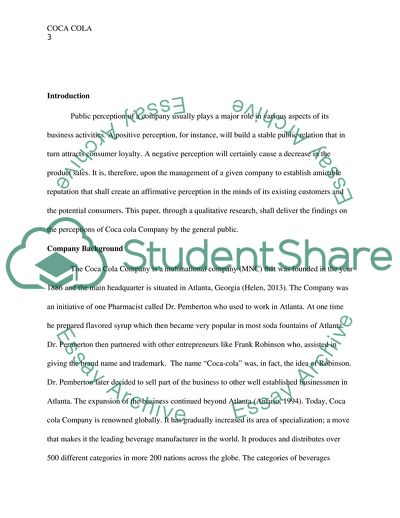Cite this document
(Coca Colas International Service Program Research Paper, n.d.)
Coca Colas International Service Program Research Paper. https://studentshare.org/social-science/1872054-the-company
Coca Colas International Service Program Research Paper. https://studentshare.org/social-science/1872054-the-company
(Coca Colas International Service Program Research Paper)
Coca Colas International Service Program Research Paper. https://studentshare.org/social-science/1872054-the-company.
Coca Colas International Service Program Research Paper. https://studentshare.org/social-science/1872054-the-company.
“Coca Colas International Service Program Research Paper”. https://studentshare.org/social-science/1872054-the-company.


